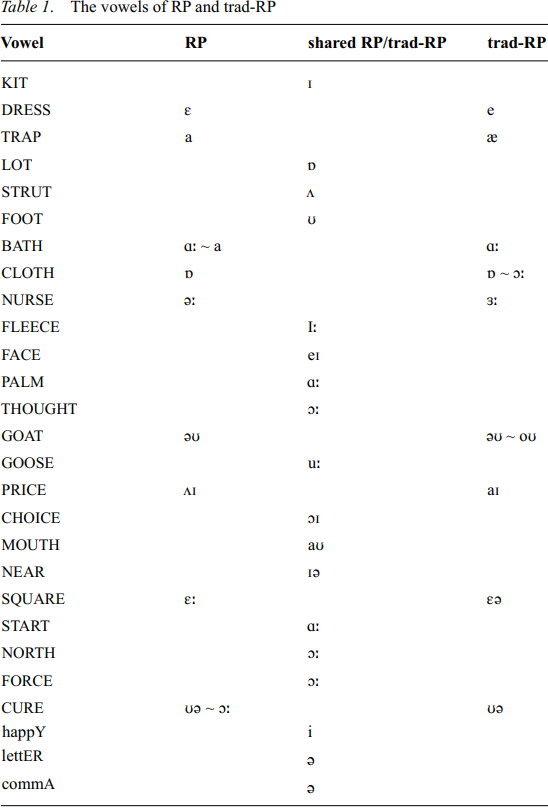

Grammar


Tenses


Present

Present Simple

Present Continuous

Present Perfect

Present Perfect Continuous


Past

Past Continuous

Past Perfect

Past Perfect Continuous

Past Simple


Future

Future Simple

Future Continuous

Future Perfect

Future Perfect Continuous

Passive and Active


Parts Of Speech


Nouns

Countable and uncountable nouns

Verbal nouns

Singular and Plural nouns

Proper nouns

Nouns gender

Nouns definition

Concrete nouns

Abstract nouns

Common nouns

Collective nouns

Definition Of Nouns


Verbs

Stative and dynamic verbs

Finite and nonfinite verbs

To be verbs

Transitive and intransitive verbs

Auxiliary verbs

Modal verbs

Regular and irregular verbs

Action verbs


Adverbs

Relative adverbs

Interrogative adverbs

Adverbs of time

Adverbs of place

Adverbs of reason

Adverbs of quantity

Adverbs of manner

Adverbs of frequency

Adverbs of affirmation


Adjectives

Quantitative adjective

Proper adjective

Possessive adjective

Numeral adjective

Interrogative adjective

Distributive adjective

Descriptive adjective

Demonstrative adjective


Pronouns

Subject pronoun

Relative pronoun

Reflexive pronoun

Reciprocal pronoun

Possessive pronoun

Personal pronoun

Interrogative pronoun

Indefinite pronoun

Emphatic pronoun

Distributive pronoun

Demonstrative pronoun


Pre Position


Preposition by function

Time preposition

Reason preposition

Possession preposition

Place preposition

Phrases preposition

Origin preposition

Measure preposition

Direction preposition

Contrast preposition

Agent preposition


Preposition by construction

Simple preposition

Phrase preposition

Double preposition

Compound preposition


Conjunctions

Subordinating conjunction

Correlative conjunction

Coordinating conjunction

Conjunctive adverbs


Interjections

Express calling interjection


Grammar Rules

Preference

Requests and offers

wishes

Be used to

Some and any

Could have done

Describing people

Giving advices

Possession

Comparative and superlative

Giving Reason

Making Suggestions

Apologizing

Forming questions

Since and for

Directions

Obligation

Adverbials

invitation

Articles

Imaginary condition

Zero conditional

First conditional

Second conditional

Third conditional

Reported speech


Linguistics

Phonetics

Phonology


Semantics


Pragmatics

Linguistics fields

Syntax

Morphology

Semantics

pragmatics

History

Writing

Grammar

Phonetics and Phonology

Semiotics


Reading Comprehension

Elementary

Intermediate

Advanced


Teaching Methods

Teaching Strategies
The vowels of RP
المؤلف:
Clive Upton
المصدر:
A Handbook Of Varieties Of English Phonology
الجزء والصفحة:
220-11
2024-03-11
1265
The vowels of RP
There is an extensive literature in which a good deal of agreement, if not absolute unanimity, can be seen in the discussion of changes in RP. There is also, however, some disagreement about precisely how the accent is to be represented, because some commentators are more inclined to hold the line on the older transcriptional and realizational forms than others. Given the fact of language change, there comes a time when certain sounds, conventionally labelled in a previous time, alter to such an extent that different symbols represent them more accurately: the phonetic symbols being absolutes, their interpretation cannot be altered to suit the new development, so that if anything is to change in the interests of accuracy and clarity it must be the label that is applied to the sound. This is especially important since transcriptions in dictionaries and English language teaching texts are invariably broadly phonemic, and if their users are to be properly served they need to be provided with transcriptions that correspond as honestly as possible to the sounds of the modern accent. The RP vowel inventory incorporates some judicious relabelling from that which is often to be seen. It contains nineteen stressed vowels,  and two unstressed vowels, /i/ and /ə/.
and two unstressed vowels, /i/ and /ə/.
RP and trad-RP share the same phonemic structure but differ in realizational (and hence labelling) particulars, and differ also occasionally in the lexical distribution of phonemes. Table 1 combines the accents in most of the lexical sets. Where there are differences, these are shown in separate columns.
It will be evident from Table 1 that RP and trad-RP coincide on KIT, LOT, STRUT, FOOT, FLEECE, FACE, PALM, THOUGHT, GOOSE, CHOICE, MOUTH, NEAR, START, NORTH, FORCE, happY, lettER, and commA. NURSE shows only a slight difference, in which the RP transcription is indicative of a less restrictive rendering of the typical sound than is the trad-RP transcription. The BATH vowel coincides on [a:] in both varieties, with the addition of a further [a] variant in RP. CLOTH similarly coincides, though with a short vowel, in both varieties, with a long-vowel alternative in trad-RP. Both accents share  in GOAT, with trad-RP having alternative
in GOAT, with trad-RP having alternative  , and both share
, and both share  in CURE, with RP having alternative
in CURE, with RP having alternative  . Most significant developments have taken place, and so distinguish RP from trad-RP, in DRESS, TRAP, PRICE, and SQUARE.
. Most significant developments have taken place, and so distinguish RP from trad-RP, in DRESS, TRAP, PRICE, and SQUARE.
















 قسم الشؤون الفكرية يصدر مجموعة قصصية بعنوان (قلوب بلا مأوى)
قسم الشؤون الفكرية يصدر مجموعة قصصية بعنوان (قلوب بلا مأوى) قسم الشؤون الفكرية يصدر مجموعة قصصية بعنوان (قلوب بلا مأوى)
قسم الشؤون الفكرية يصدر مجموعة قصصية بعنوان (قلوب بلا مأوى) قسم الشؤون الفكرية يصدر كتاب (سر الرضا) ضمن سلسلة (نمط الحياة)
قسم الشؤون الفكرية يصدر كتاب (سر الرضا) ضمن سلسلة (نمط الحياة)

















